J 20 taking off....
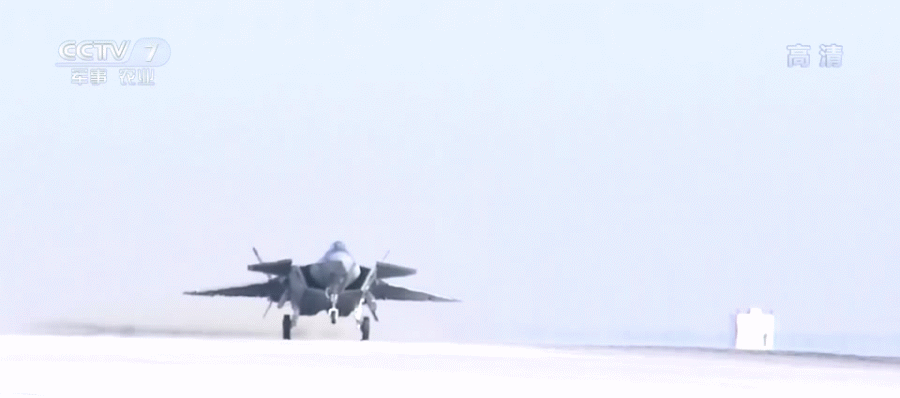
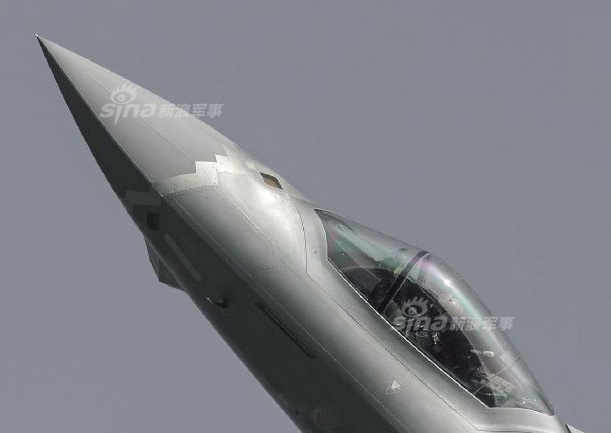
nose up...
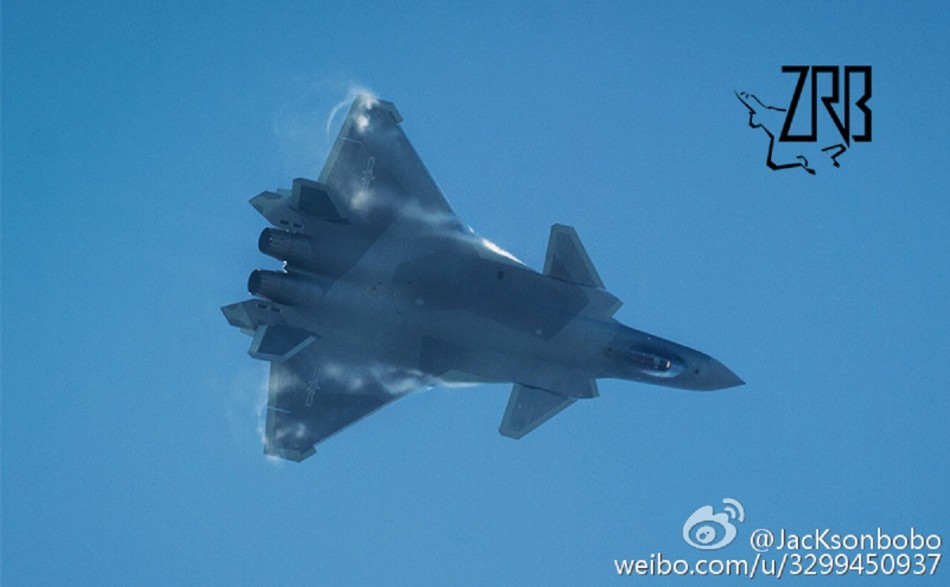
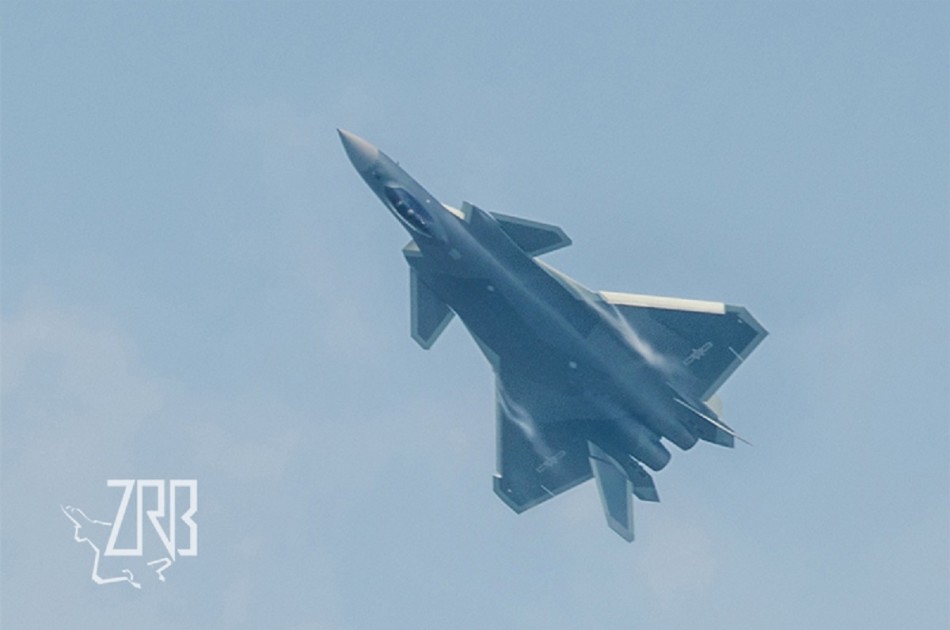
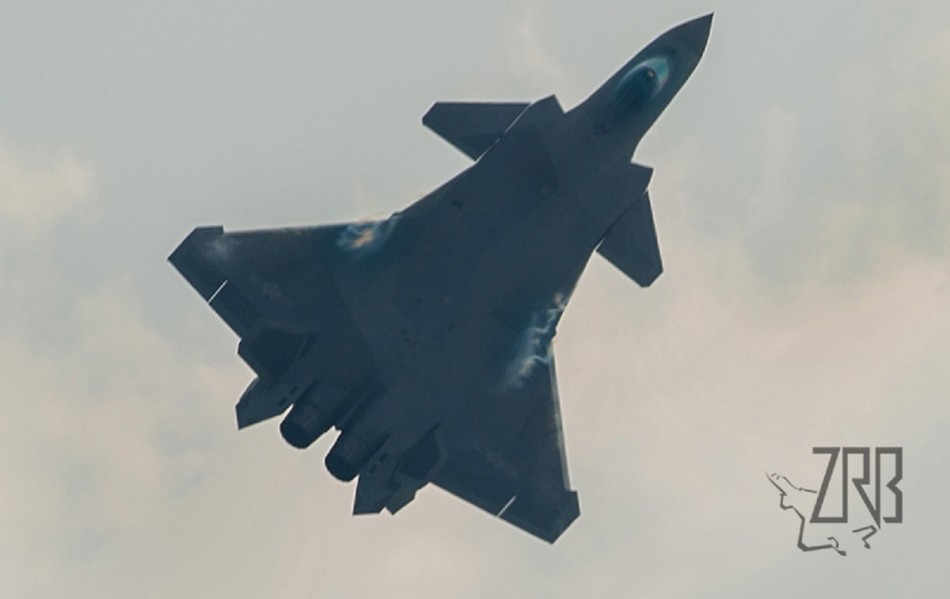
So many beautiful vortices.
J 20 taking off....


nose up...



So many beautiful vortices.
I think I've mentioned this before, but I've never seen any other Chinese fighters generating so many vortices. I think someone suggested that it might be the humid weather in Chengdu (but I'm sure the J-20 is now deployed to many other places, many of which may be less humid...). Some also suggested that it was the superior aerodynamics. Others suggested that it was the more aggressive flying.
My guess is that it would be the combination of all of the above... What's your thought on this?
Imo, the thread-like vortexes point to the J-20 doing a slow speed maneuver. A tight high speed maneuver would result in vortexes that is mist like.
It does look like the J-20 produces more vortexes than what is normal for other fighter jets during slow speed maneuver.
I think I've mentioned this before, but I've never seen any other Chinese fighters generating so many vortices. I think someone suggested that it might be the humid weather in Chengdu (but I'm sure the J-20 is now deployed to many other places, many of which may be less humid...). Some also suggested that it was the superior aerodynamics. Others suggested that it was the more aggressive flying.
My guess is that it would be the combination of all of the above... What's your thought on this?
